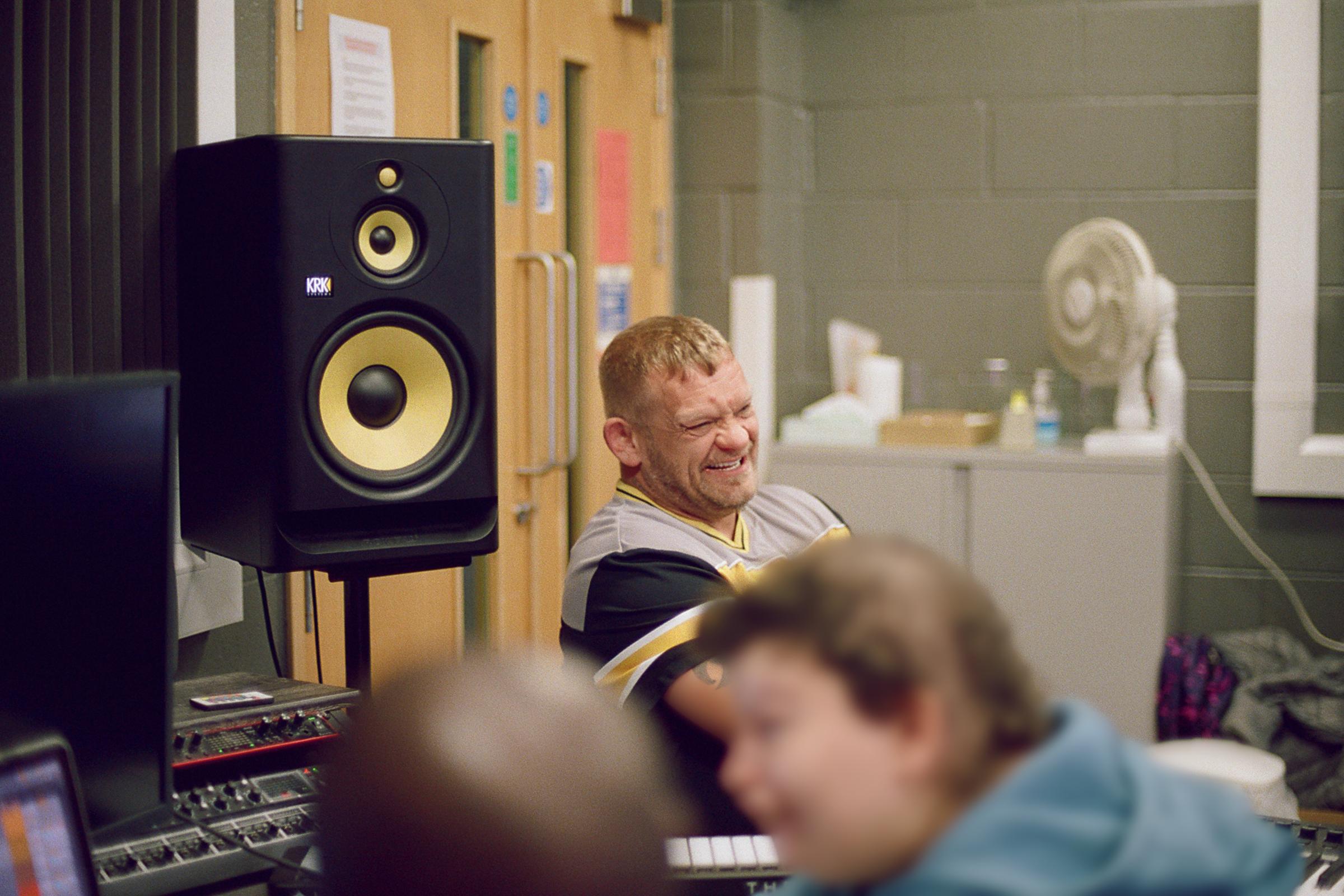Reflections on stigma and poverty in the UK
The JRF ‘Exploring Stigma and Poverty’ design team met in January 2023 to explore how stigma plays out in society and impacts poverty in the UK. In this blog post Hal Khanom, Head of Economic Development at Bromley Council, shares her reflections of the day.
I’m on the train back to London from the session, glued to my phone reading Judith Herman’s ‘Trauma and Recovery: The Aftermath of Violence’. I’m reading about abuse because I was struck by one insight we uncovered whilst exploring the internalisation of stigma; the idea of stigma being a form of collective coercive control.
Many abused children cling to the hope that growing up will bring escape and freedom. But the personality formed in the environment of coercive control is not well adapted to adult life. The survivor is left with fundamental problems in basic trust, autonomy, and initiative.
The impact for those on the receiving end of stigma was likened to that of being in an abusive relationship. Collective control can be thought of as ‘community power’ and is closely associated with engaging and empowering people at neighbourhood level, to take action on things that matter to them.
New Economics Foundation research shows that there are five main components of collective control:
- social connectedness
- knowledge, understanding and skills
- money and resources
- influences
- confidence.
So, is coercive collective control the removal of community power?
The impact of stigma
A deep dive into the consequences of stigma took us to painful places – anger, hurt, lack of self-worth, not belonging, self-limiting habits, struggles connecting with others and the resulting cumulative impact on mental and physical health.
One team member highlighted research undertaken by Psychologists for Change on the psychological impact of austerity. It showed austerity to be the cause of people's distress, yet it was being treated as a mental health problem located within the individual. It’s like telling a disadvantaged young person that they can get on the London housing ladder by cancelling their Netflix subscription. It reinforces the messaging that poverty is a state individuals succumb to, enabling people in power to relinquish any form of responsibility. I’m suddenly really interested in a ward-level breakdown of the number of people referred to their GP for what are actually poverty-related issues, such as breathing conditions caused by poor housing.
Ending stigma won’t end poverty, but stigma holds together the structures that sustain poverty and at its worst, incite violence. We circled the idea that power can be reclaimed in ‘making the invisible, visible’. Maybe that’s the start of arriving at alternative economies of community power. We can get out of the cycle of psychological violence caused by stigma and take part in advocating for change only when we realise that it really isn’t our fault. In awareness, we find the shoots of power both individually, and collectively.
Stigma and power
This work is fundamentally about power because stigma wouldn’t exist if it didn’t benefit someone. It’s used as a tool to maintain the status quo, by diminishing the solidarity between people in poverty, and ensuring people in power keep it.
As a local government officer, I’m aware of how I risk being part of the problem. We identified policy makers and the designers of services and programmes as being creators and reinforcers of stigma. We discussed how stigma is used as a means to ration services and to reduce public spend. The think tank sector also sets influential tones for the narrative on poverty, and our media has the power to embed this into the national psyche.
Disconnection and ‘othering’
A significant potential driver is human disconnection; the idea that being distanced from different social groups leads to ‘othering’. Does stigma increase when the gap is bigger between people who have and people who don’t? I think about Barking and Dagenham, one of the least divided London boroughs, where even in the least deprived areas, the majority are deprived. What are the differences in the lived experiences of poverty for people in Barking and Dagenham compared to Westminster, the most unequal borough? I just know as a teenager I never minded wearing joggers in Barking, but always switched to jeans for Stratford.
Subverting the use of stigma
We wrapped up the session by considering how to subvert the use of stigma. If over-consumption were to be seen as unsustainable and damaging to the planet, maybe having too much in a limited world soon becomes what is stigmatised. This has happened in other health related issues, could the same tactics be applied here? We agreed there is power in shifting from deregulation to an economy that enables people and planet to thrive. We considered the role of stigma in upholding economic models that undermine this aim, inevitably considering valuable learning from Kate Raworth’s work on doughnut economics.
I’m already counting the days until the next workshop, but in the meantime, please share in the discussion. We’re keen to hear from others to bring wider thoughts into our exploration.
You can also read more about the project and why we are investing in this work.

This reflection is part of the stigma power and poverty topic.
Find out more about our work in this area.